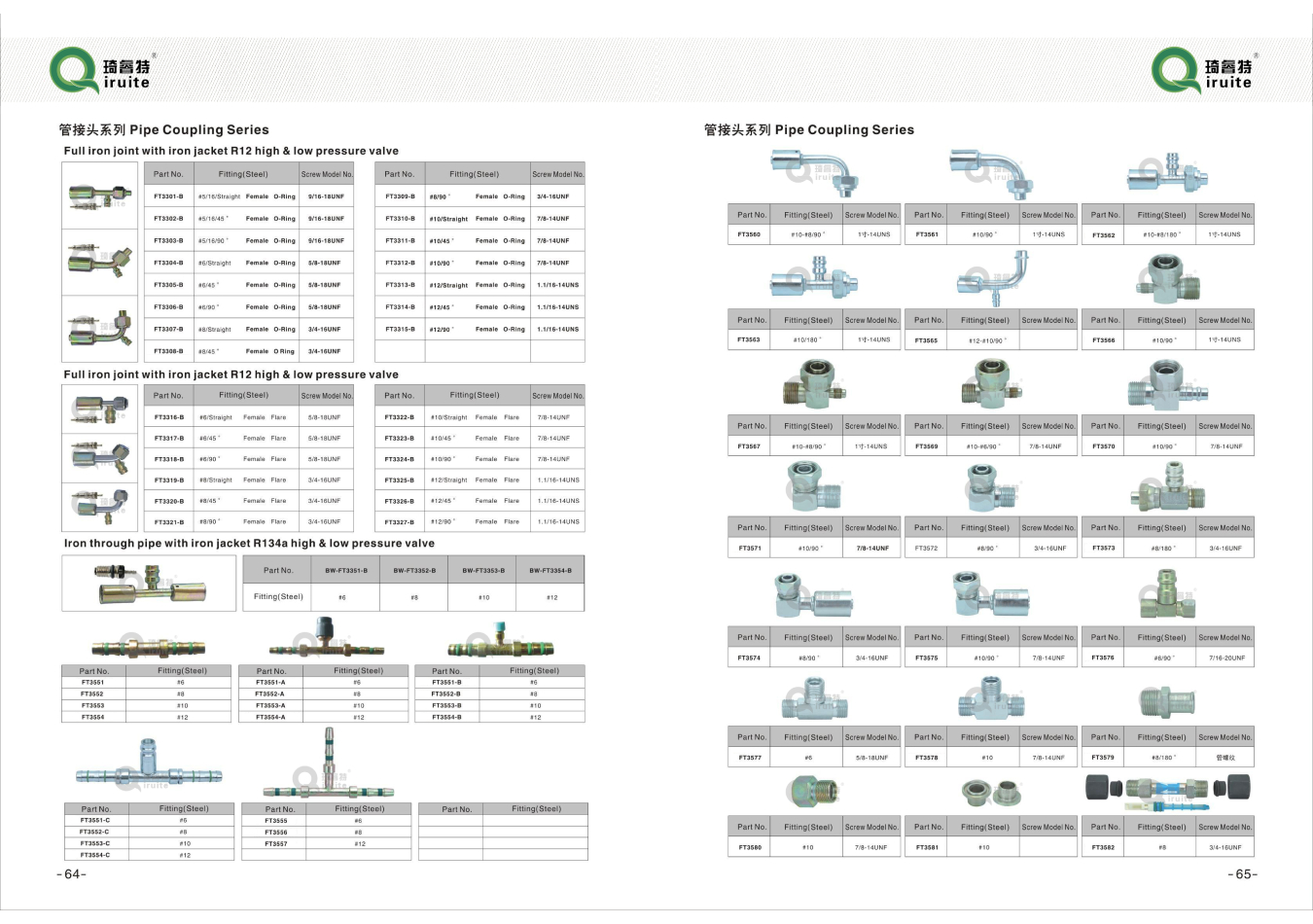How to Replace the Power Steering Hose in a Chevy Truck for Optimal Performance
How to Change the Power Steering Hose on a Chevy Truck
Changing the power steering hose on your Chevy truck is an essential maintenance task that helps ensure smooth steering and overall vehicle performance. Over time, hoses can wear out due to heat, pressure, and exposure to elements, which can lead to leaks and reduced power steering efficiency. If you notice low power steering fluid levels, steering wheel stiffness, or fluid leaks underneath your truck, it may be time to replace the power steering hose.
Tools and Materials Needed
Before you start the replacement process, gather the necessary tools and materials
- New power steering hose (specific to your Chevy truck model) - Fluid catch basin - Wrench set (including both metric and standard sizes) - Screwdrivers (flathead and Phillips) - Hose clamps (if required) - Pliers - Power steering fluid - Safety gloves and goggles - Rags or paper towels
Step-by-Step Guide to Changing the Power Steering Hose
1. Safety First Begin by ensuring that your truck is parked on a flat surface, and the engine is turned off. Disconnect the negative battery terminal to prevent any electrical issues during the replacement process.
2. Locate the Power Steering Hose Open the hood and locate the power steering reservoir. Follow the low-pressure and high-pressure hoses from the reservoir to where they connect to the power steering pump and the steering gear.
3. Prepare for Fluid Drainage Place a fluid catch basin under the area where you will be working. This will catch any fluid that may leak out when you disconnect the hoses.
change power steering hose chevy truck

4. Remove the Old Hose Use the appropriate wrench to loosen the fittings that connect the hose to the power steering pump and the steering gear. Be cautious, as there may still be some fluid in the hose. Once loosened, pull off the hose and allow any remaining fluid to drain into the catch basin.
5. Install the New Hose Take the new power steering hose and compare it with the old hose to ensure it’s the correct one. Attach one end of the new hose to the power steering pump and the other end to the steering gear. Make sure the connections are secure but do not overtighten, as this can damage the components.
6. Check Hose Clamps If your truck uses hose clamps, ensure they are properly positioned and tightened to prevent any leaks.
7. Refill Power Steering Fluid Once the new hose is installed, refill the power steering reservoir with the appropriate type of power steering fluid recommended in the owner’s manual.
8. Bleed the System Start the engine and turn the steering wheel from lock to lock several times. This action helps remove air from the system. Check the fluid level again and add more fluid if necessary.
9. Inspect for Leaks With the engine running and the steering wheel cycled, closely inspect all new connections for any signs of leaks. If everything is dry, you’re good to go.
10. Reconnect the Battery After ensuring that there are no leaks and all tools are cleared away, reconnect the negative battery terminal.
Final Thoughts
Replacing the power steering hose on your Chevy truck is a manageable task that can save you both time and money. Regular maintenance can prolong the life of your truck's steering system and enhance your overall driving experience. If you're ever in doubt or uncomfortable with the process, don’t hesitate to seek professional help. Regular checks on your power steering system can prevent more significant issues down the road, ensuring you have a reliable truck for all your needs.
-
Ultimate Spiral Protection for Hoses & CablesNewsJun.26,2025
-
The Ultimate Quick-Connect Solutions for Every NeedNewsJun.26,2025
-
SAE J1401 Brake Hose: Reliable Choice for Safe BrakingNewsJun.26,2025
-
Reliable J2064 A/C Hoses for Real-World Cooling NeedsNewsJun.26,2025
-
Heavy-Duty Sewer Jetting Hoses Built to LastNewsJun.26,2025
-
Fix Power Steering Tube Leaks Fast – Durable & Affordable SolutionNewsJun.26,2025

